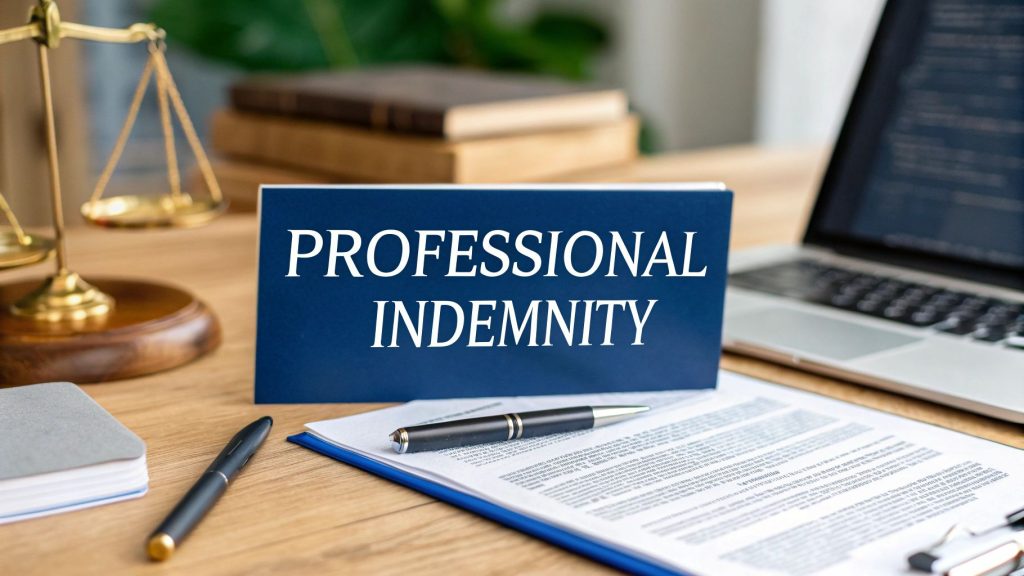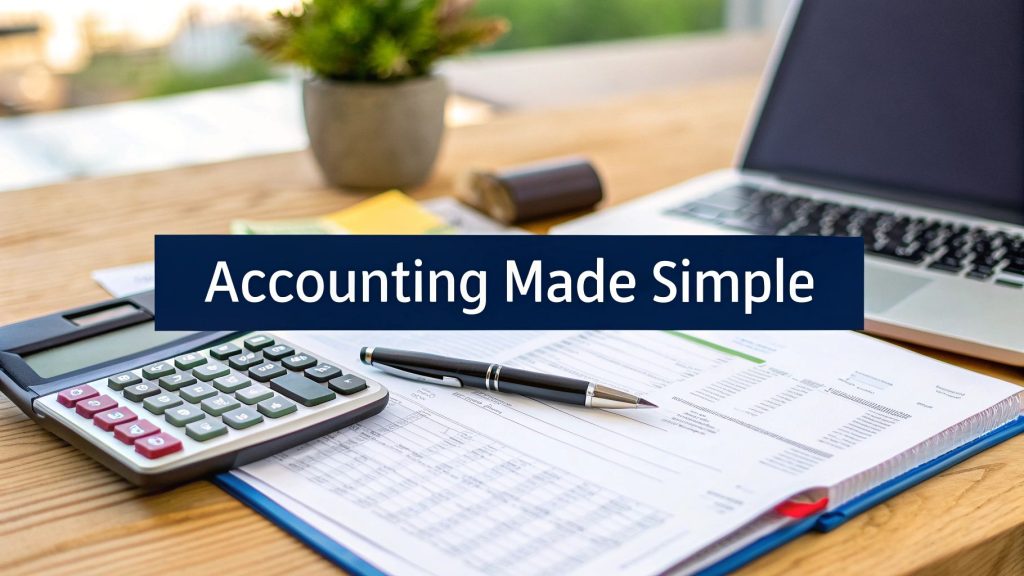Running a Business as an LLP in the UK: Complete Guide for Entrepreneurs
Running a Business as an LLP – For many professionals and small business owners, striking a balance between flexibility and protection is key. That’s where the Limited Liability Partnership (LLP) comes in.
An LLP combines features of a traditional partnership with the limited liability of a company. It’s a popular structure for professional service firms like accountants, solicitors, architects, and consultants — but it’s also useful for any group of entrepreneurs who want to share profits without exposing their personal assets.
In this guide, we’ll explore what it means to run a business as an LLP in the UK, including setup, responsibilities, pros and cons, tax implications, and tips for managing growth.


What Is an LLP?
An LLP is a hybrid business structure that:
-
Must be registered with Companies House.
-
Has its own legal identity, separate from its members.
-
Provides limited liability to members, protecting personal assets.
-
Is run by members (the equivalent of partners in a partnership).
Unlike a limited company, an LLP has no shares or shareholders. Instead, profits are divided among members according to an agreement.
Key Features of an LLP
-
Legal personality: The LLP can enter contracts, own property, and employ staff in its own name.
-
Members: Minimum of two designated members required (who take on extra admin responsibilities).
-
Flexibility: Internal arrangements are governed by an LLP agreement.
-
Limited liability: Members are only liable up to the amount they’ve agreed to contribute.
Setting up an LLP
Step 1: Choose a name
-
Must be unique and end with “LLP” or “Limited Liability Partnership”.
-
Check Companies House for availability.
Step 2: Register with Companies House
-
Complete an LLP incorporation form (LL IN01).
-
Provide registered office address, member details, and LLP agreement.
Step 3: Draft an LLP agreement
-
Not legally required, but strongly recommended.
-
Sets out how profits are shared, decision-making processes, responsibilities, and exit arrangements.
Step 4: Register with HMRC
-
LLP itself registers for Self-Assessment.
-
Each member must also register individually for tax.

Responsibilities of LLP Members
-
Members of an LLP share responsibilities, but designated members have extra duties:
-
Filing annual accounts at Companies House.
-
Submitting an annual confirmation statement.
-
Ensuring proper records are kept.
-
Acting lawfully and in the best interests of the LLP.
All members must:
-
Pay Income Tax and National Insurance on their share of profits.
-
Follow the LLP agreement.
-
Advantages of an LLP
-
Limited liability
Protects personal assets from business debts (except in cases of fraud). -
Flexibility
Internal structure is flexible — profits can be shared however the members agree. -
Professional credibility
LLP status often reassures clients, suppliers, and investors. -
Perpetual succession
LLP continues even if members join or leave. -
Privacy of members’ earnings
Unlike company directors, members’ individual income isn’t published — only overall LLP accounts.

Disadvantages of an LLP
-
Public filing
Annual accounts and details of members are filed at Companies House. -
Administration
More paperwork than a general partnership (similar to a limited company). -
Tax treatment
Members are taxed as self-employed, which can be less efficient than a limited company for higher profits. -
Profit withdrawal
All profits are taxed when earned — cannot be retained in the LLP for future tax planning like a limited company can. -
Perception
Less familiar than “Ltd” to some clients and suppliers.
Taxes for LLPs
An LLP is tax transparent — the LLP itself doesn’t pay tax. Instead:
-
The LLP submits a partnership tax return.
-
Each member pays Income Tax and Class 2 & Class 4 NICs on their share of profits.
If turnover exceeds the VAT threshold (£90,000 in 2025/26), the LLP must register for VAT.
LLP vs Ordinary Partnership vs Limited Company
| Feature | LLP | Ordinary Partnership | Limited Company (Ltd) |
|---|---|---|---|
| Legal status | Separate entity | Not separate from partners | Separate entity |
| Liability | Limited (members protected) | Unlimited (joint & several) | Limited (shareholders protected) |
| Tax | Members taxed personally (Income Tax + NIC) | Partners taxed personally (Income Tax + NIC) | Company pays Corporation Tax; owners taxed on salary/dividends |
| Set‑up | Register LLP with Companies House; draft LLP agreement | Register with HMRC; partnership agreement recommended | Incorporate at Companies House; articles & registers |
| Admin burden | Medium–High (accounts + filings) | Low (HMRC returns) | Medium–High (accounts + filings) |
| Profit retention | Not retained (profits taxed on members) | Not retained (taxed on partners) | Can retain profits within company |
| Funding & perception | Good for professional firms; flexible profit splits | OK for small teams; less investor‑friendly | Best for raising investment; widely understood |
Insurance for LLPs
Even with limited liability, insurance is important:
-
Professional indemnity insurance — vital for service firms.
-
Public liability insurance — protects against injury or damage claims.
-
Employers’ liability insurance — required if employing staff.
Common Mistakes in LLPs
-
Skipping an LLP agreement → leads to disputes later.
-
Not budgeting for tax → profits are taxed immediately, unlike companies.
-
Failing to file accounts → penalties apply even if dormant.
-
Unequal workload vs profit split → can cause friction if not agreed in writing.
-
Ignoring VAT → must register if threshold exceeded.
Growing an LLP
An LLP can scale effectively by:
-
Adding new members with different expertise.
-
Expanding services into complementary areas.
-
Hiring staff for delivery and support.
-
Converting to a limited company if retaining profits or raising equity investment becomes important.
Who Should Consider an LLP
An LLP suits:
-
Professional firms (law, accountancy, consulting, architecture).
-
Businesses run by multiple owners who want liability protection.
-
Groups wanting flexible profit sharing without the rigidity of shares.
It may not suit:
-
Solo entrepreneurs (minimum two members required).
-
Startups seeking venture capital investment (investors prefer limited companies).
-
Businesses wanting to retain profits in the company for growth.
Pros and Cons of Running a Business as an LLP
| Factor | LLP Advantage | LLP Disadvantage |
|---|---|---|
| Setup | Credible Companies House registration; flexible agreement. | More complex Than a general partnership. |
| Liability | Limited Members’ personal assets protected. | Obligations Filing duties; designated members accountable. |
| Tax | Pass‑through No double taxation at entity level. | No retention Profits taxed immediately on members. |
| Privacy | Member income private Only LLP accounts published. | Public filings Accounts & member details at Companies House. |
| Flexibility | Custom profit splits Highly adaptable agreement. | Less familiar Some clients prefer “Ltd”. |
Running a Business as an LLP Final Thoughts
Running a business as an LLP offers a useful middle ground between the simplicity of a partnership and the protection of a limited company. It’s particularly well-suited to professional service businesses that value flexibility, credibility, and limited liability.
But it’s not perfect. The inability to retain profits and the extra filing requirements may make a limited company a better option for some.
At GrowMyAcorn, we recommend assessing your long-term goals: do you want maximum tax efficiency, or do you prioritise liability protection with partnership-style flexibility? An LLP may be the right stepping stone.
Read our in-depth guide to forming a limited company.
Compare options with our Choosing the Right Business Structure guide.
Try our Sole Trader vs Limited Company Calculator to see if incorporation might save tax as you grow.
See our other business structure guides
- Sole Trader
- Partnership
- Private Limited Company (LTD)
- Public Limited Company (PLC)
- Community Interests Company (CIC)














































